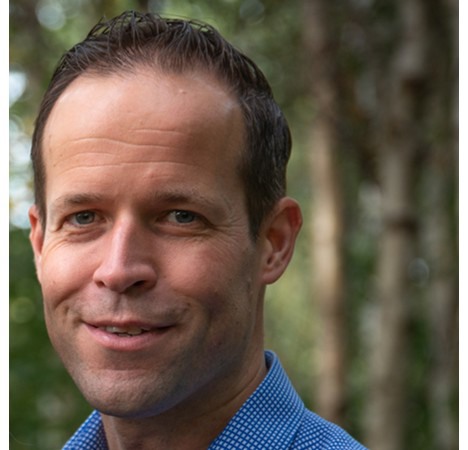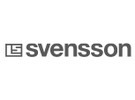Drones fly through greenhouses to collect data. The first sorting and packaging robots are introduced. So we are well on our way to fully automating greenhouse horticulture. But how far are we, exactly? Harm van Adrichem of Gearbox discusses his vision for the future.
Digitization, step by step
Gearbox in Maasdijk, Netherlands, designs and manufactures smart products in the field of vision solutions, self-learning software, robotics, and automation. All specifically for greenhouse horticulture. Harm is a business development strategist, and part of his role is to compare the development of automation in greenhouse horticulture with the development of the mobile telephone. "If you compare the first mobile phone with the latest smartphone now, it wasn't perfect, but it was good enough to get started. Each version is always a little better and smarter. That is also the trend that we are now seeing in greenhouse horticulture."
So, where are we now? Are we still in the start-up phase or beyond? "A step further, if you ask me. Step by step, we are working towards complete digitalization. When we get there also depends on other factors. This is not only due to the technical developments." Harm explains further… "Since energy prices are so high, many companies are exploring an investment into a second energy screen instead of new avenues to automate their operations. Fortunately for us, plenty of companies do both."

As we discuss the current energy crisis and energy transition, we must ask: can digitization still play a role in this? "I don't have a green thumb myself, but our customers indicate if you are considering a change in your strategy, the data we can generate is very valuable. You gain insight into the impact of your choices more quickly."
Labor versus automation
The labor market is tight, and talent is expensive. Automation can be a solution for staff shortages. Harm talks about the advantages and disadvantages, the challenges and conditions of automation compared to human labor. "Automation is a stable factor in the work process. One requirement is that you must have clear working agreements. An advantage of an employee is that you can explain to them in the morning what they should focus on that day. A robot will first have to learn changes. In that respect, there is slightly less flexibility with the robot. However, once you have explained it properly to a robot, it will always do it that way every day going forward."
From digitization to automation
Some work processes are better suited for automation than others. This also applies to a greenhouse horticulture company, explains Harm. "You roughly have three areas: the greenhouse itself, where cultivation takes place, the processing area, and storage, which is often cold storage. At the moment, we see the most automation in the processing room because the conditions here are generally the most stable. In the greenhouse is where you will have to deal with the most changes, such as sloping pipe rail systems and varying levels of light (which an assessment algorithm finds difficult). In the greenhouse, we are now at the start of automation, of which digitization is an important part." In other words, collecting data so that a robot not only does its job but can also deal with the exceptions it encounters. And that is different for every crop and also different within each crop or fruit type, says Harm. "For example, a tomato-picking robot cannot just pick any type of tomato. A vine tomato, loose tomato, or snack tomato requires a different approach."
Scalability and quality
Why does automation suit one crop more than another? "Within our company, our products for rose cultivation have come a long way if you look at digitization and the use of data in the greenhouse. The focus for this crop is on increasing the yield price, i.e., quality. With the larger vegetable crops, the focus is slightly more on cost savings. There are solutions for this too, but it requires a different approach."
"Without pioneers, we'd have no products"
The development of robotization is also largely determined by pioneers in the sector, Harm explains. "Without pioneers, we wouldn't have had any products. We always make the first versions of our products together with a development partner. This creates a focus on creating the best solution by taking into account the existing methods in cultivation."
In 10 years…
Finally, Harm takes a look into the future. "You can see a number of trends. Scaling up will continue. So there are fewer and fewer farms, but larger areas. You also see more and more standardization in products. Labor is also becoming scarce and more expensive. These are important trends that can encourage automation. So we are going to see more and more digitization and automation in horticulture."
When will we see the first greenhouse with only robots? "I don't think in two years, nor in five, but maybe in ten years. Don't be mistaken that it requires a lot from an organization, which will have to take small steps. For example, if you are going to generate data, it is also necessary that someone is present who does something with that data. And who is that then? The role of a business leader will also change. Managing a team of people is different from a fleet of robots. I see it as a gradual process of two steps forward and one step back. The speed of that process is determined by the adaptability of the sector."
For more information:
Ludvig Svensson
info@ludvigsvensson.com
www.ludvigsvensson.com
